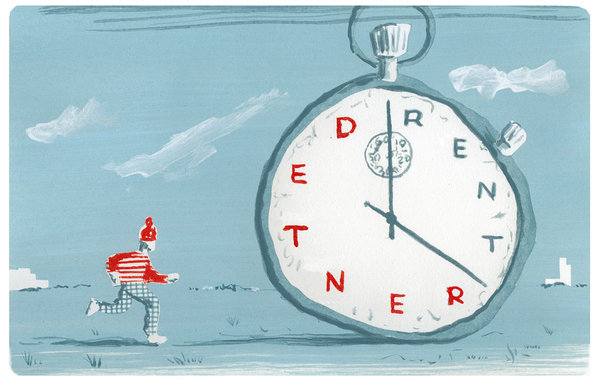
The journey towards securing an apartment for rent is often chaotic, unpredictable and needlessly time consuming. The myriad of decisions that you will have to make range from choosing the type of apartment, broker or no broker, access to neighborhood amenities, etc. In short, the process can often be strenuous and stress-inducing for many Manhattan renters. And when you consider the fact that many of the more desirable rentals do not appear on the market until mere weeks before an anticipated move-in date (that is, if they appear on the market at all), the metaphorical race to arrive at a dream apartment for rent in Manhattan is one more suited for the seasoned sprinters than the recreational joggers.
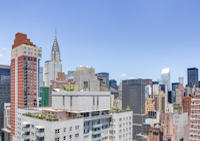
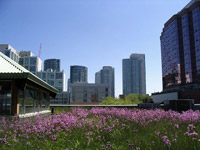



 That wonderful layer of leaves piled on the sidewalks is so charming that it's easy to forget what comes next. We might not want to think about it, but after the leaves fall, so do renter’s moving ambitions--it seems that nothing could possibly be worse than packing a U-Haul in the snow. But for NYC dwellers, there are some strong reasons to go searching during the winter months of November to February, when the Manhattan real-estate market slows down and is on the cusp of change. From couples to discretionary movers to higher-earning business professionals, now is the opportunity for Manhattanites to shop for
That wonderful layer of leaves piled on the sidewalks is so charming that it's easy to forget what comes next. We might not want to think about it, but after the leaves fall, so do renter’s moving ambitions--it seems that nothing could possibly be worse than packing a U-Haul in the snow. But for NYC dwellers, there are some strong reasons to go searching during the winter months of November to February, when the Manhattan real-estate market slows down and is on the cusp of change. From couples to discretionary movers to higher-earning business professionals, now is the opportunity for Manhattanites to shop for 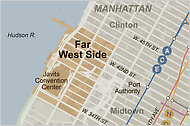 The words Manhattan and real estate development have long been synonymous, so it should come as no surprise when The Real Deal recently announced that the Gotham Organization would be taking on one of the largest new construction projects in Manhattan yet. The Gotham Organization project is expected to cost over $520 million and consists of four separate buildings spanning an entire Manhattan city block at 550 West 45th Street between 10th and 11th Avenue. Out of the 1,238 expected units for rent, close to 600 of them will be constructed with low-, moderate- and middle-income New Yorkers in mind.
The words Manhattan and real estate development have long been synonymous, so it should come as no surprise when The Real Deal recently announced that the Gotham Organization would be taking on one of the largest new construction projects in Manhattan yet. The Gotham Organization project is expected to cost over $520 million and consists of four separate buildings spanning an entire Manhattan city block at 550 West 45th Street between 10th and 11th Avenue. Out of the 1,238 expected units for rent, close to 600 of them will be constructed with low-, moderate- and middle-income New Yorkers in mind. Much has been made of
Much has been made of 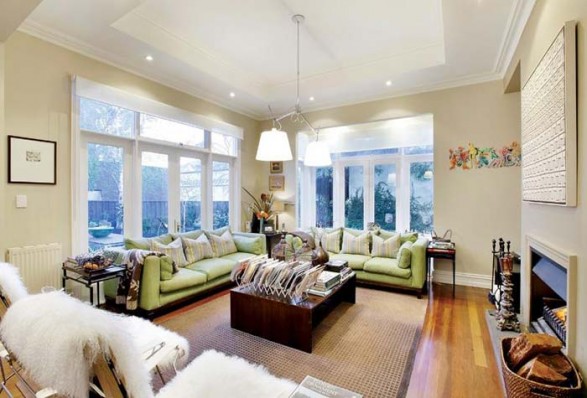
 When New Yorkers think of the Financial District, the last image that would ever come to mind is that of a residential neighborhood. After all, the Financial District wouldn’t be called such if it was populated with residential buildings rather than business headquarters and offices. Yet, that is exactly what many
When New Yorkers think of the Financial District, the last image that would ever come to mind is that of a residential neighborhood. After all, the Financial District wouldn’t be called such if it was populated with residential buildings rather than business headquarters and offices. Yet, that is exactly what many 